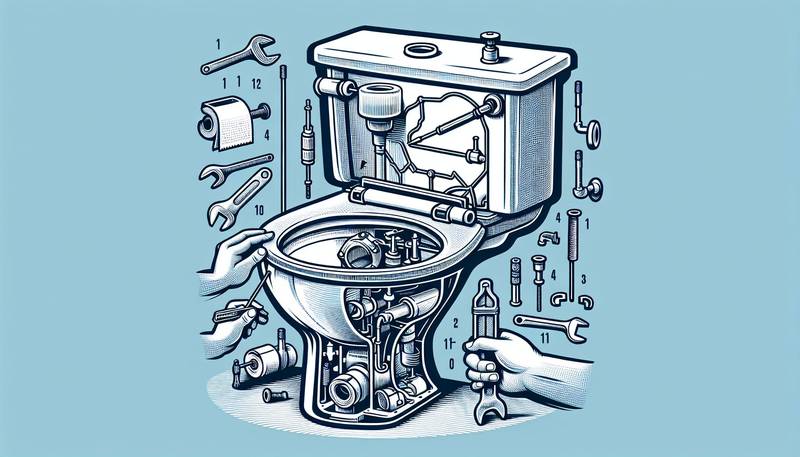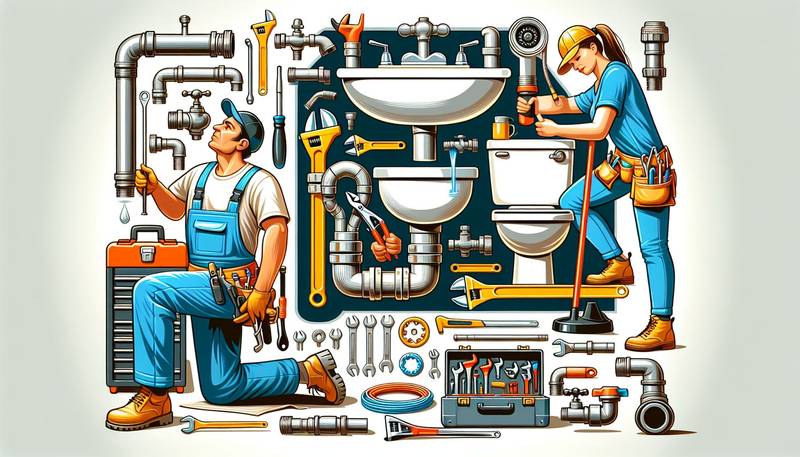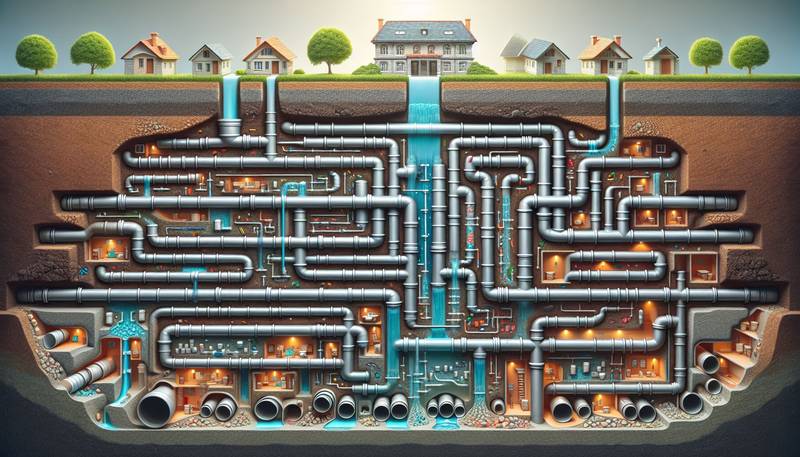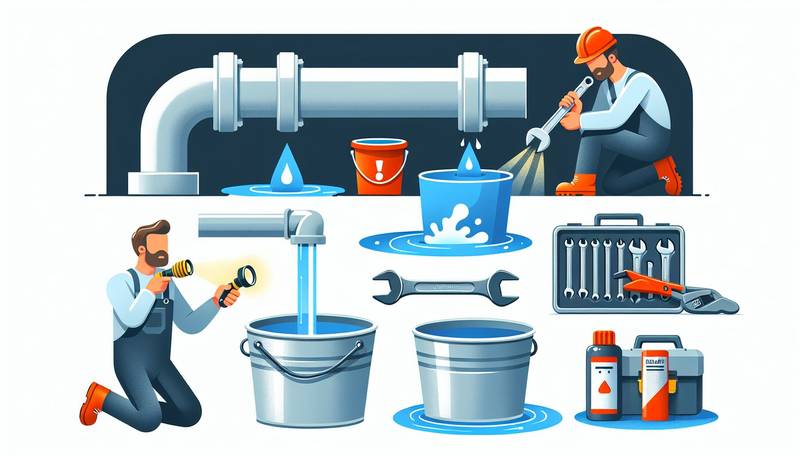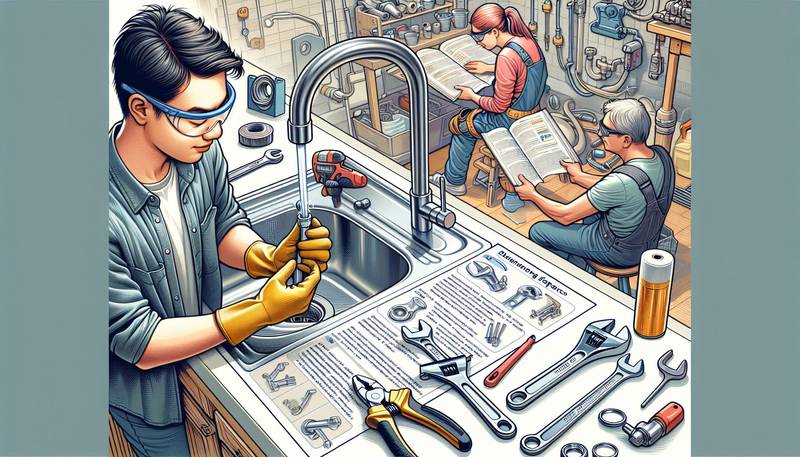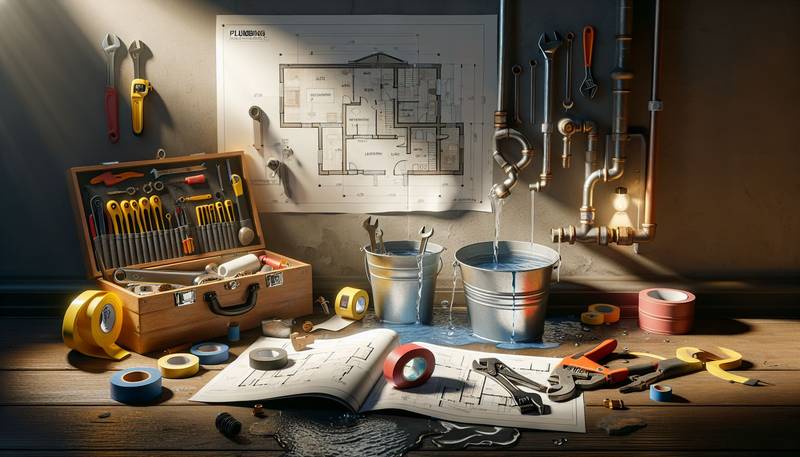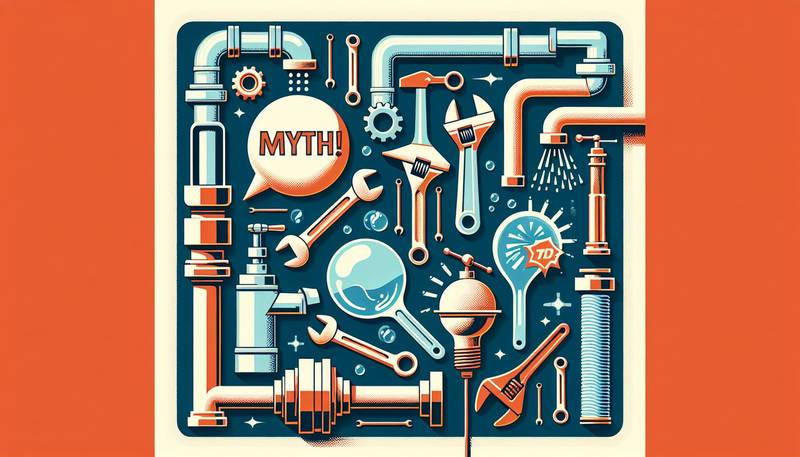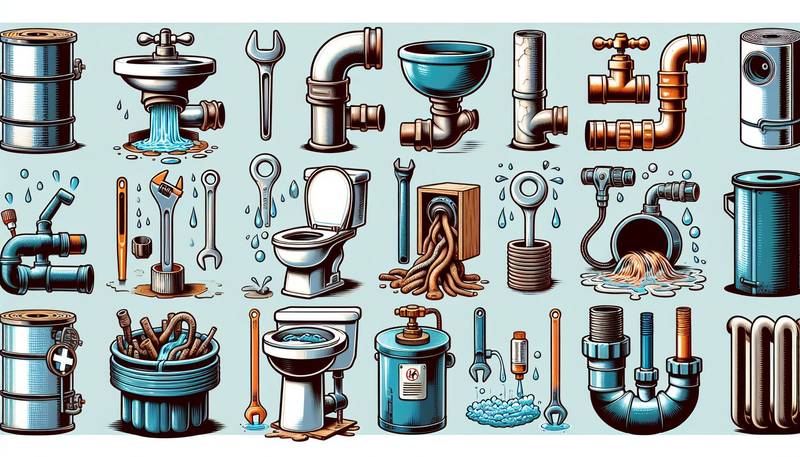How to Fix a Running Toilet: A Practical Guide
Not only can this be annoying, but it can also lead to wasted water and higher utility bills. Fortunately, fixing a running toilet is not as complicated as it may seem. With a few simple tools and some basic know-how, you can easily tackle this problem on your own. In this practical guide, we will walk you through the steps to fix a running toilet and get it back in working order.
Identify the Problem
The first step in fixing a running toilet is to identify the root cause of the issue. There are a few common reasons why a toilet may be running continuously. It could be due to a faulty flapper, a damaged fill valve, a loose or broken chain, or a problem with the float mechanism. By identifying the specific problem, you can determine the best course of action to fix it.
Shut Off the Water Supply
Before you start working on the toilet, it is important to shut off the water supply to prevent any potential mess or accidents. Locate the shut-off valve behind the toilet and turn it clockwise until the water flow is completely shut off. Flush the toilet to empty the tank and bowl of water, making it easier to work on the components inside.
Check the Flapper
The flapper is a rubber or silicone valve that sits at the bottom of the tank and controls the flow of water into the bowl. If the flapper is not sealing properly, water can continuously leak into the bowl, causing the toilet to run. Inspect the flapper for any signs of damage or wear and tear. If it looks worn out, consider replacing it with a new one. Make sure the flapper is properly seated in place and creates a tight seal when closed.
Inspect the Fill Valve
The fill valve is responsible for refilling the tank after each flush. If the fill valve is faulty, it may not shut off properly, causing water to continuously run into the tank. Check the fill valve for any signs of leaks or malfunctions. You can also adjust the float on the fill valve to regulate the water level in the tank. If the fill valve is damaged, consider replacing it with a new one to solve the issue.
Adjust the Float
The float is a small mechanism that controls the water level in the tank. If the float is set too high, it may cause the tank to overfill and the toilet to run. Adjust the float to ensure that the water level is set at the appropriate height, usually about an inch below the overflow tube. This will help prevent the tank from continuously filling up and running.
Check the Chain
The chain connecting the flush handle to the flapper can sometimes become loose or tangled, preventing the flapper from closing properly. Make sure the chain is properly adjusted so that there is some slack but not too much. It should allow the flapper to open and close freely without any obstructions. If the chain is damaged or too long, consider replacing it with a new one.
Turn the Water Supply Back On
Once you have fixed the issue causing the toilet to run, turn the water supply back on by turning the shut-off valve counterclockwise. Let the tank fill up and then flush the toilet to make sure everything is working properly. Check for any leaks or running water to ensure that the problem has been successfully resolved.
Conclusion
Fixing a running toilet is a common household repair that can easily be done on your own with a little bit of know-how. By following the steps outlined in this practical guide, you can quickly identify the problem, make the necessary repairs, and get your toilet back in working order. Remember to shut off the water supply before starting any work, inspect the flapper, fill valve, float, and chain for any issues, and turn the water supply back on once the problem has been fixed. With these simple steps, you can save yourself time and money by tackling this common toilet issue yourself.
